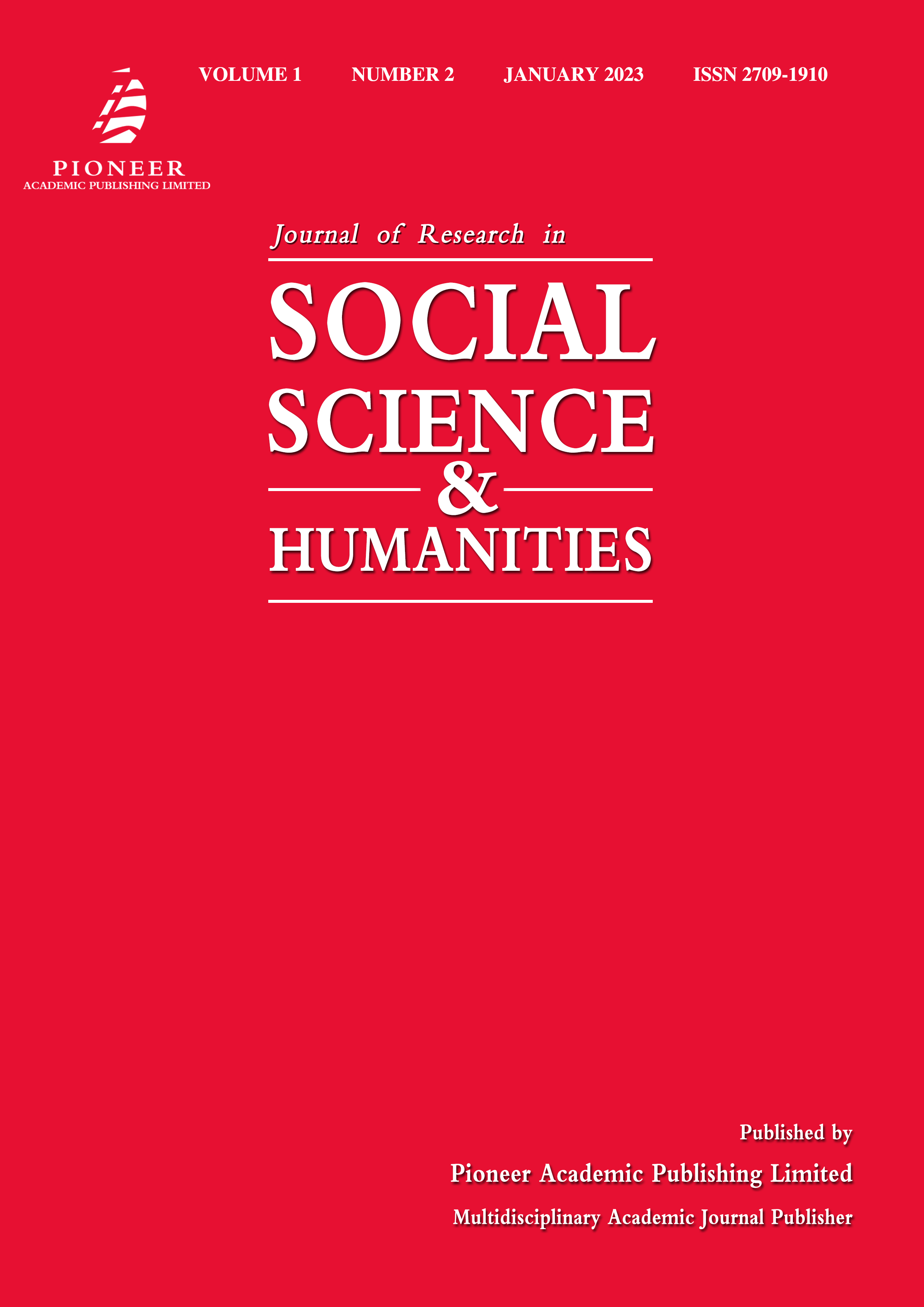Investigating Market and Conservation Education Influences on Global Zoo and Aquarium Animal Collections
Keywords:
collection planning, biodiversity, zoos, aquaria, retailAbstract
There is evidence to suggest that visitors to zoological collections prefer to see large, active mammals. To attract visitors, zoos and aquariums might be tempted to select for mammal species in their collection plans to maintain visitor interest. However, collections also play a role in endangered species breeding, many of which are not mammals. Using International Zoo Yearbook data, we explored the number of species of mammals, birds, reptiles, amphibians, fish and invertebrates housed in collections across the globe. These data were compared against three hypothetical collection plan strategies: a) marketing, as shown by the prevalence of each taxon in toy retail; b) biodiversity, in which taxa in proportions that reflect their wild abundance, and c) in which all six taxa are represented equally. The global zoological collection plan indicated that on average, collections contain more bird species than other taxonomic groups, followed by fish, mammals, invertebrates, reptiles and amphibians.


